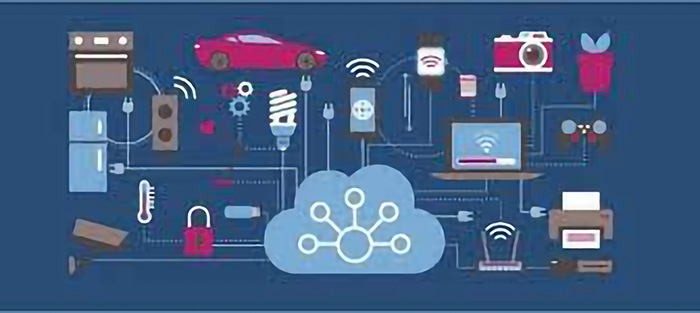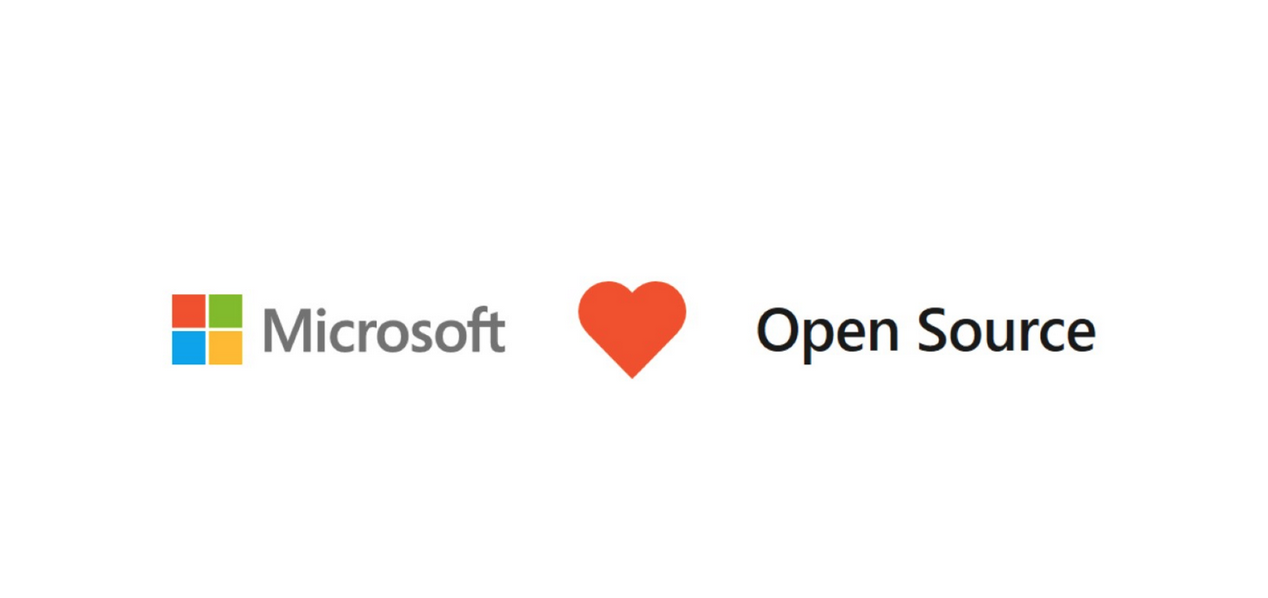Telcos love the iPhones and Androids. And what’s not to like? Sprint just ordered $20bn worth of iPhones. These premium phones command high hardware purchase costs, come with a significant upgrade in data plan and everyone wants to have the latest one – so MORE hardware costs.
Customers love the phones, so their satisfaction is up. Customers use the phones, so revenues are up. But wait, what’s missing?
Androids and iPhones are so successful that the carriers’ brands are in danger of becoming meaningless. Even recently, there were real differences between each carriers’ services – the value many customers got from their carrier was not just coverage, not just the hardware, not just the pricing, but in the added value offered by each carrier. But with all the built-in services offered by these smartphones, that added value is slipping away – along with the carrier’s brand. The end game may be even losing the voice services.
How to get it back? The time is here for carriers to ‘Sniff,’ ‘Scurry’ and deliver value models where providers are seeing traction.
Take a page from the Shared Hosting community. Sure, they compete on up time and pricing – core to all their businesses – but each have also begun to see the value in offering their customers more.
How can brands build a “Trojan Horse” to win back the “brand defectionists” to their platform by pulling in third-party services like GMail, Calendar etc. into a carrier provided solution that offers additional benefits – thus “luring” customers eyeballs back to the carriers’ brand? By understanding where in the equation a carriers’ brand can be positioned to immediately deliver value-added services. It is because the convergence of so many integrated technologies and applications now reside on smartphones, that the future of the value proposition for a carrier’s brand lies in the economics of cloud to network to device.
Oh, and by the way — upsell sits right in the middle of this equation
Which brings me back to a business-class application standard as a basis for luring back those customer eyeballs, of course I am talking about email (you knew I’d go there didn’t you). All carriers of course offer basic email, but more and more are offering business-class collaboration (you guessed it, Open-Xchange). With these email and collaboration services, small business customers in particular can share calendars, contacts, work processes and even documents – all the benefits of a big company for just pennies. And yes, ALL these services are available on their smartphones.
So, customers are happy, the hosters are happy and they get to keep their cheese – um brand (maybe with a little wine).





